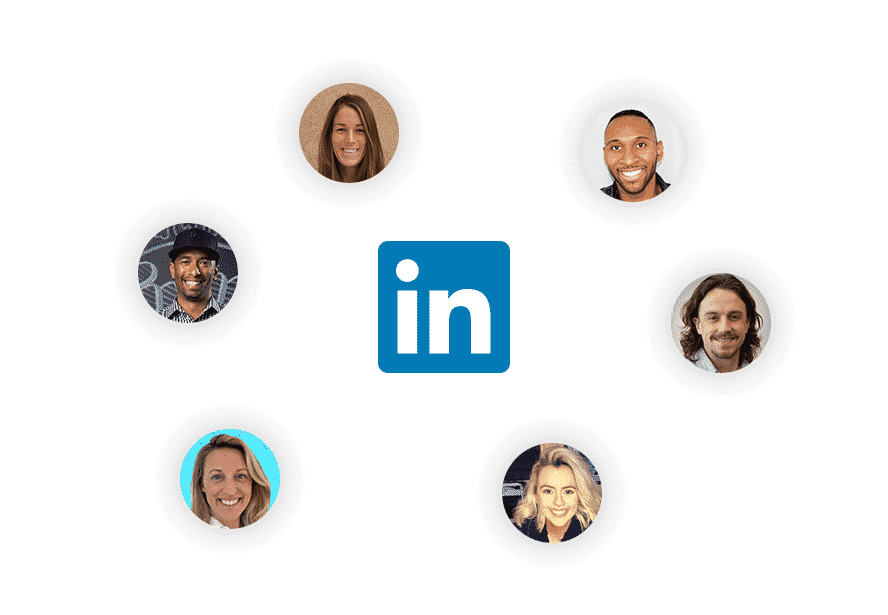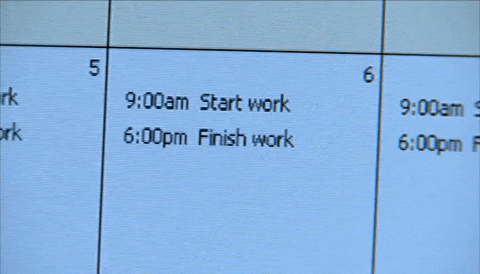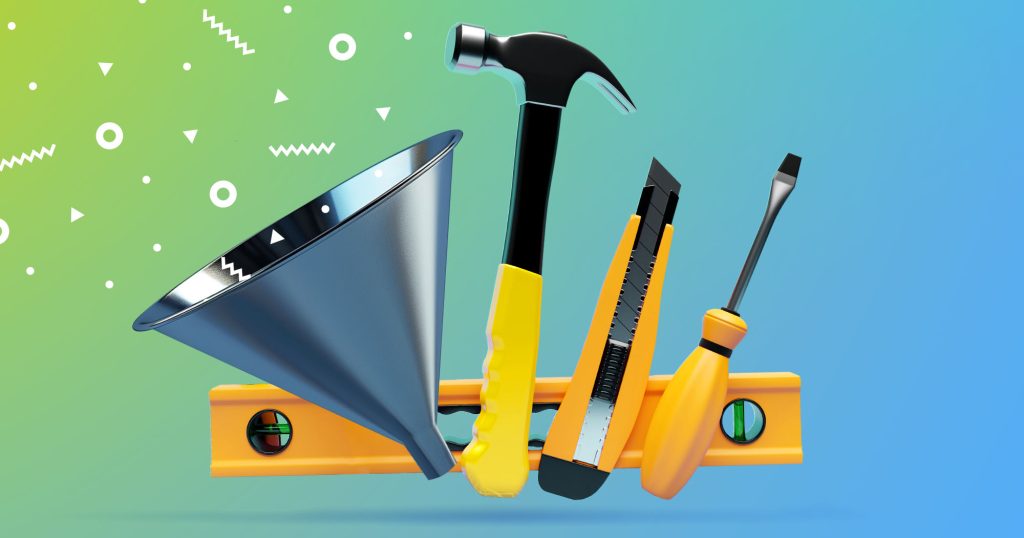Take control of your education

A lot of our SaaS Sales tips have already focused on learning; learning from your manager, from SaaS leaders, from SaaS companies, and even from your prospective customers.
The reason is simple: SaaS sales move at such a fast pace that you need to be constantly learning, developing, and growing to succeed. If you stand still for a second, you’ll be left behind.
Now, while you will undoubtedly learn a great deal from the sources we’ve already mentioned, it’s essential to keep developing your skills from other sources.
For example, while you can (and should) learn from other SaaS sales leaders, you’ll always be at least one step behind them if that’s your only source of education. To eventually become a SaaS sales leader in your own right, you need to step up your education.
That means making time for learning, whether that’s from videos, books, and/or courses. Even if it’s just an hour every week, doing something to build your skills every week will bring huge benefits. Look at your favorite SaaS leaders and, rather than being satisfied to just learn from them, ask who they’re learning from.
Be willing to go deep, and make your sales education a priority.
This might also mean learning about different sales tools and technology, so you can use it to its full advantage. For example, be familiar with the sales stack you use, the tech the rest of your team uses (particularly those in a role you’re aspiring to), and the sales stacks other SaaS teams are using. By going beyond the surface level of what you need to know, you can get a distinct advantage over those who stick to the bare minimum.













![Upselling and Cross-selling: The Go-To Guide [+7-Step Framework Inside] Upselling and Cross-selling: The Go-To Guide [+7-Step Framework Inside]](https://reply.io/wp-content/uploads/upsale-1024x538.jpg)
